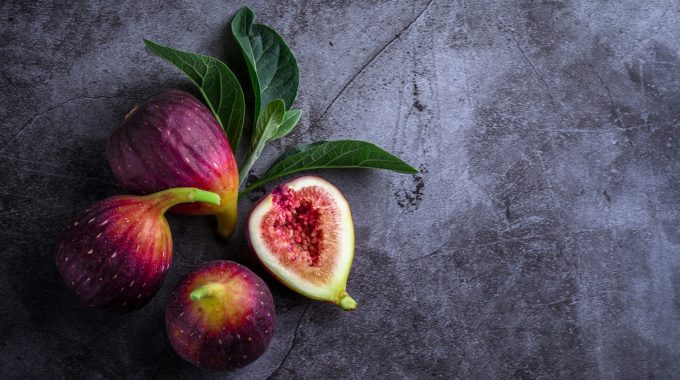In-season figs ripe for the picking
Figs and humans have a long history, spanning across many cultures. In the Garden of Eden, Adam and Eve used fig leaves to cover up their nakedness. Buddha attained enlightenment while sitting under a fig tree. Cleopatra feasted on a basket of figs before committing suicide. Odysseus was saved from a sea monster when swept from his raft by clinging to the branch of a fig tree. But in modern times, figs serve a more simple purpose: to delight the taste buds. And they’re in season right now.
Figs are, in fact, an inside-out flower. With the flower’s nectar trapped inside the fruit pod, this delivers the high level of sweetness that fig-lovers so relish. But if you’ve only ever bought figs from the supermarket, you may well have been disappointed.
“Figs need to be hand-picked daily; they’re a very delicate fruit,” says Gebran Azzi of Figlicious, the pioneering fig producer in Dural, NSW. “The ones that you get in the shops, most of them are picked hard, when they’re premature. And if they’re picked before the ripening process starts, they won’t ripen. So that’s when you get dry figs. To get a ripe fig, you have to pick it ripe off the tree. So it’s already pretty fragile, and it doesn’t have much of a shelf life. That’s why I sell my figs directly to the public.”
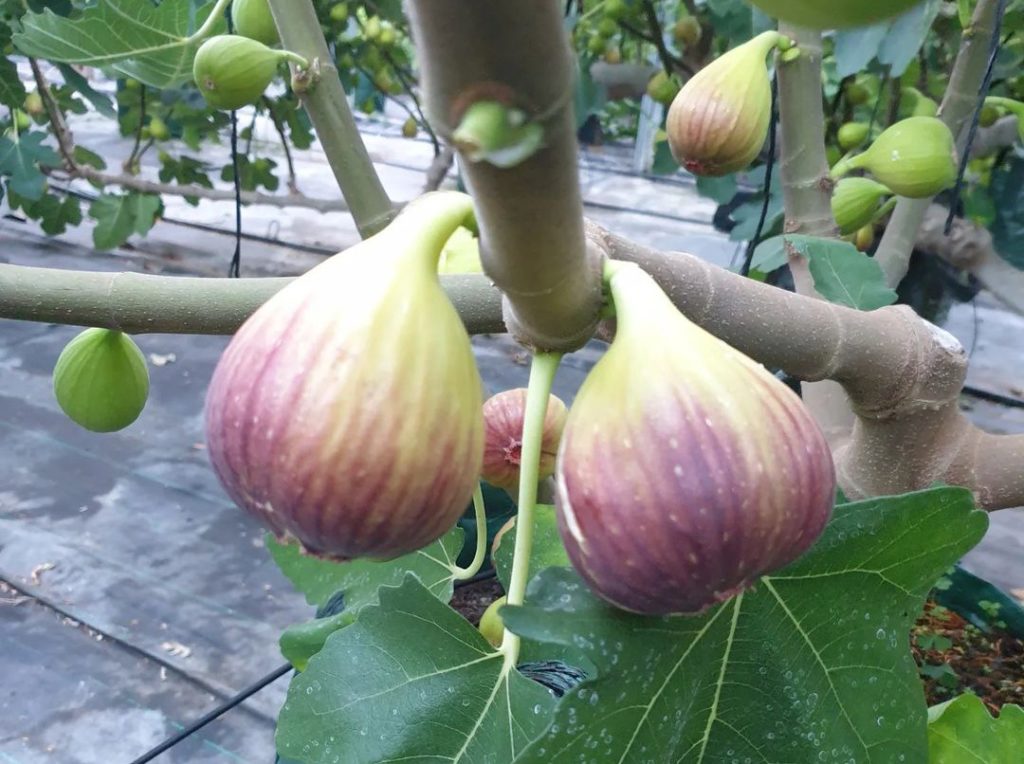
A challenging season
Figlicious Black Genoa figs are sold at the farm gate, and at farmers’ markets, including Sydney’s Carriageworks. Azzi was the first producer to grow the fruit in Dural, which is now beginning to make a name for itself as a prime fig-growing region. Azzi comes from a family of fresh produce pioneers; when his father and uncles came to Australia as refugees in 1984, they were the first in the country to grow Lebanese cucumbers. When they retired about 15 years ago, Azzi took over the property, and now grows figs and persimmons.
While many growers across NSW have suffered heavy losses due to the relentless rain, Azzi has been more fortunate. He grows his figs in hothouses, and so his fruit has been spared.
“We’ve still got figs,” he says. “It’s not the best weather for it, because they do need sun. The more sun, the sweeter the nectar gets. So it hasn’t been beneficial, but we’re surviving. The outdoor crops have been wiped out, though. The persimmons got ruined. With all the rain, the trees dropped their fruit. It’s a bit sad, actually.”
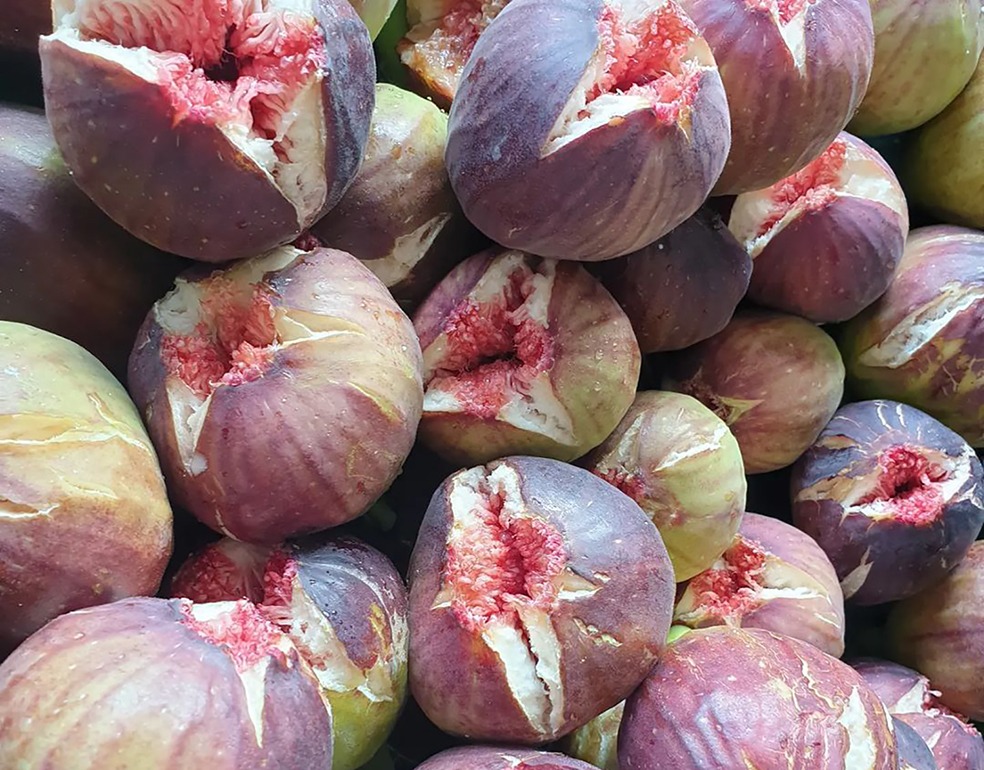
The ripe stuff
Fig season is sweetly brief, usually running from late summer to early autumn. But because Azzi grows in hothouses, he’s able to extend his growing season, and usually has fruit from February to April/May. If you follow Figlicious on Facebook, you can find out which locations they’ll be selling at over the next few months. But don’t be expecting perfect-looking fruit. As Azzi explains, the uglier the fig, the better the flavour.
“If it’s a perfect-looking fig, there’s a good chance it’s not the best-tasting fig,” he says. “We’re quite unique in that we do sell them when they’re falling apart, and they’re open and they’re ripe. But you won’t find them like that in the shops.”
Fresh, ripe figs are heavenly to enjoy by themselves, but also go beautifully in salads.
“A really nice salad is rocket with figs, walnuts, parmesan and a bit of balsamic,” Azzi says. “Or serve them on cheese platters. Or in an omelette. You make an omelette, fold it in half, and put two figs in the middle. Beautiful. The traditional way is to wrap them in prosciutto and melted gorgonzola. I personally enjoy them fresh, or with goat curd and a walnut.”
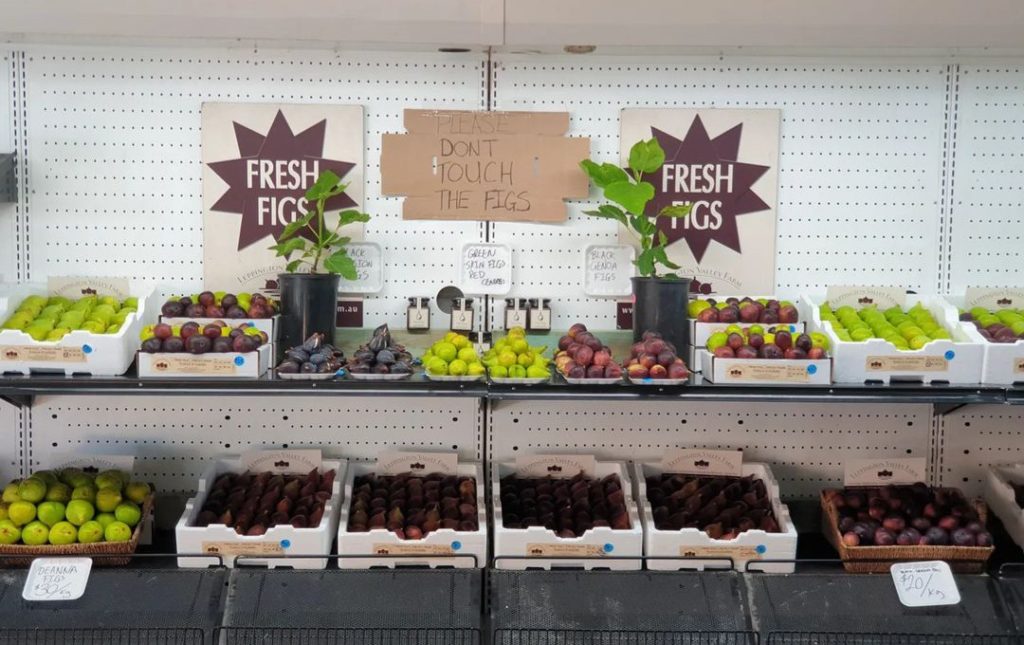
Back in vogue
Fig trees thrive in the inland areas of NSW. You can also find them from Curra Creek Figs & Fine Foods, which produces Black Genoa, Brown Turkish, Green, Mission and White Adriatic varieties. You can find Curra Creek figs at farmers’ markets in Orange, Dubbo, Mudgee and Forbes. Norland Fig Orchard in Orange also produces several fig varieties, including Black Genoa, Brown Turkey and White Adriatic. However, due to the cooler weather, figs have yet to ripen here. Closer to Sydney, Leppington Valley Farm produces fresh figs and a range of fig products, including dried and chocolate-coated figs, fig jam and golden fig glazed syrup.
“We were the first ones to grow figs here,” Azzi says. “But now, every year, you get another couple of farms popping up. The demand for figs is also going up. They’re becoming popular again. Not many people used to eat them, but now they’re back in fashion.”
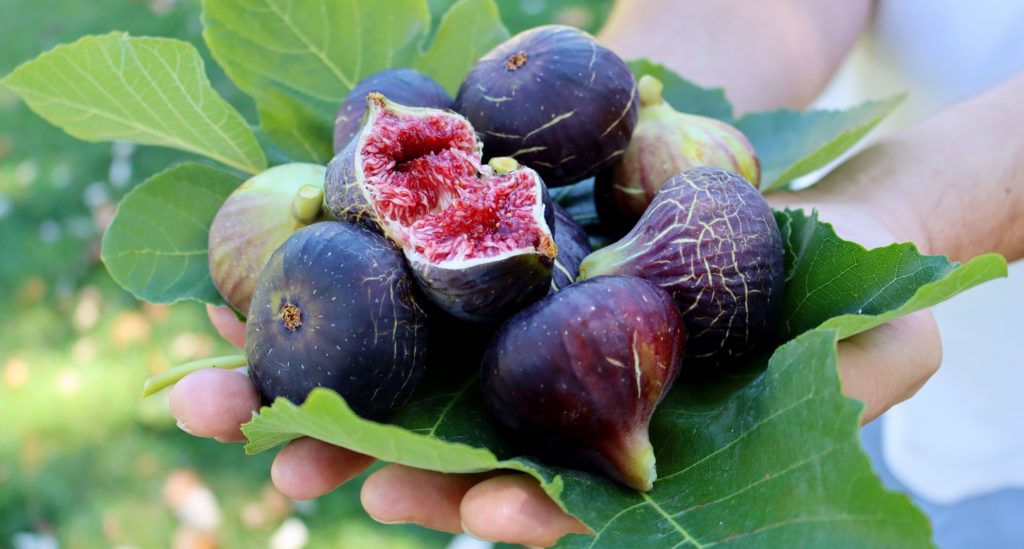
Get fresh
Since ancient times, figs have been a symbol of prosperity, abundance and wellbeing. While eating them might not make you rich, they do offer a number of health benefits. They’re a good source of potassium, calcium, magnesium, prebiotics, beta carotene and vitamins A and C. Fresh figs are higher in beta carotene and vitamins A and C than dried figs. When dried, they’re higher in sugar and calories than fresh, but they also contain more fibre.
So make like the ancients and go forth in search of abundance. The time is now ripe for fresh figs, but the season is short. Skip the supermarket and head straight to your local farmers’ market. Or seek out farmgate stalls like the one at Azzi’s Dural property.
“If you’ve only tried the ones that come out of the shops, you’ve probably had a bad first experience,” he says. “So I suggest you try a Figlicious fig.”


